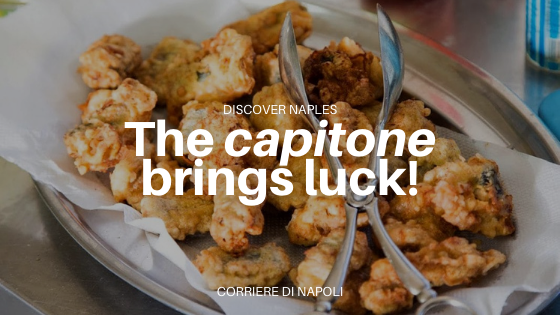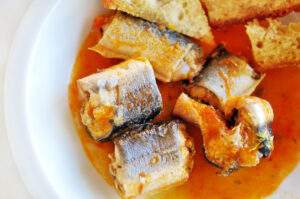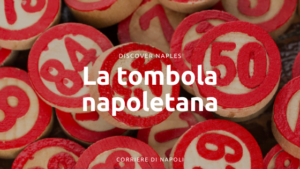
New week, new appointment with Discover Naples: the column to discover facts and mysteries of the Neapolitan city. Today we dive into the field of cooking and, in particular, into the history of one of the symbolic foods of Neapolitan culture… the capitone!
‘A furtuna è comm’ ‘o capitone, chiù penzammo d’ ‘a putè afferrà e cchiù ‘nce sciulia!
Luck is like an eel, the more we believe we can grab it, the more it hurts us!
Capitone or eel?
One of the most loved dishes in Naples and, certainly, the king of the table during the holidays: the capitone has always presided over the Christmas dinners (and not only) of the Neapolitan people. Fried, marinated or grilled, it is a fish appreciated in all its preparations. However, although there are numerous times in which we see the fateful animal, at least once in our life we have asked ourselves the usual question: what is the difference between eel and capitone?
Well, the capitone is none other than the female eel. The substantial difference between the two lies in the size: only large-sized eels that exceed 350 g (therefore females) can boast the name of capitoni! (source)
Tradition and superstition
 We have said that the capitone in Naples is a symbol, but even more symbolic is the process behind its preparation. A procedure suitable only for strong stomachs … Tradition, in fact, wants the eel to be grabbed with one hand on the tail and one by the neck and beaten with the head on the marble until it dies. Another method can be to boil it in boiling water or, again, behead it without too many second thoughts.
We have said that the capitone in Naples is a symbol, but even more symbolic is the process behind its preparation. A procedure suitable only for strong stomachs … Tradition, in fact, wants the eel to be grabbed with one hand on the tail and one by the neck and beaten with the head on the marble until it dies. Another method can be to boil it in boiling water or, again, behead it without too many second thoughts.
Like many of the Neapolitan culinary preparations, the king (or queen?) of the table also has its own story. There are many legends that are handed down on the choice of capitone as a Christmas dish. One above all is based on the similarity between the eel and the snake, which has always been a symbol of evil: eating the capitone, therefore, was equivalent to chasing away evil and bad luck.
A different version, on the other hand, is more linked to questions of utility and practicality: the capitone is a fatty fish that can be kept for up to 2 months, which makes it the perfect (and accessible) food for anyone who does not have enough economic means to buy lots of hearty foods.
In the Neapolitan grimace, the number attributed to it is 32.







